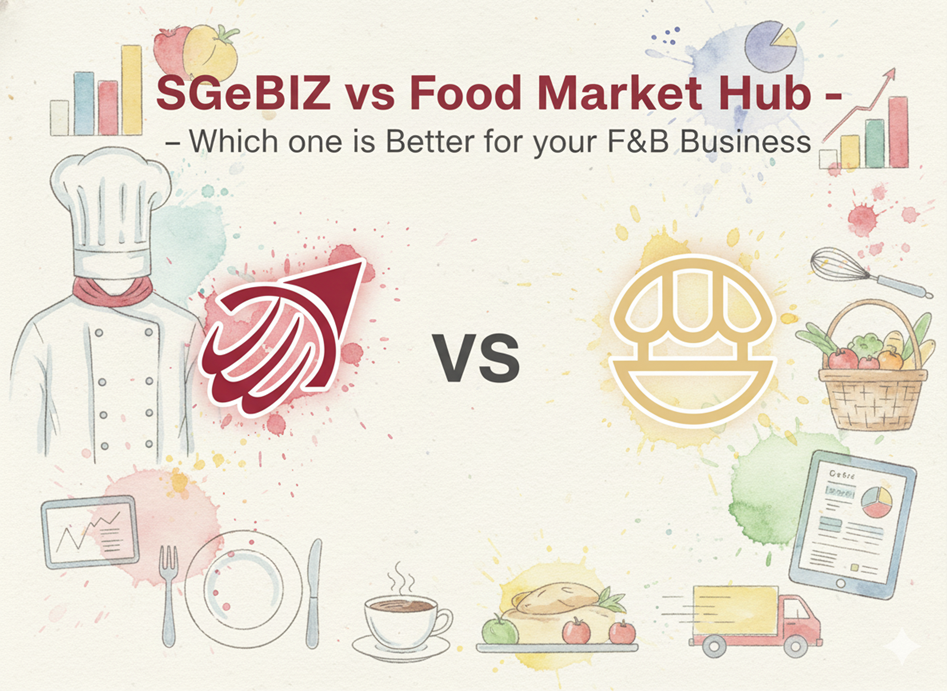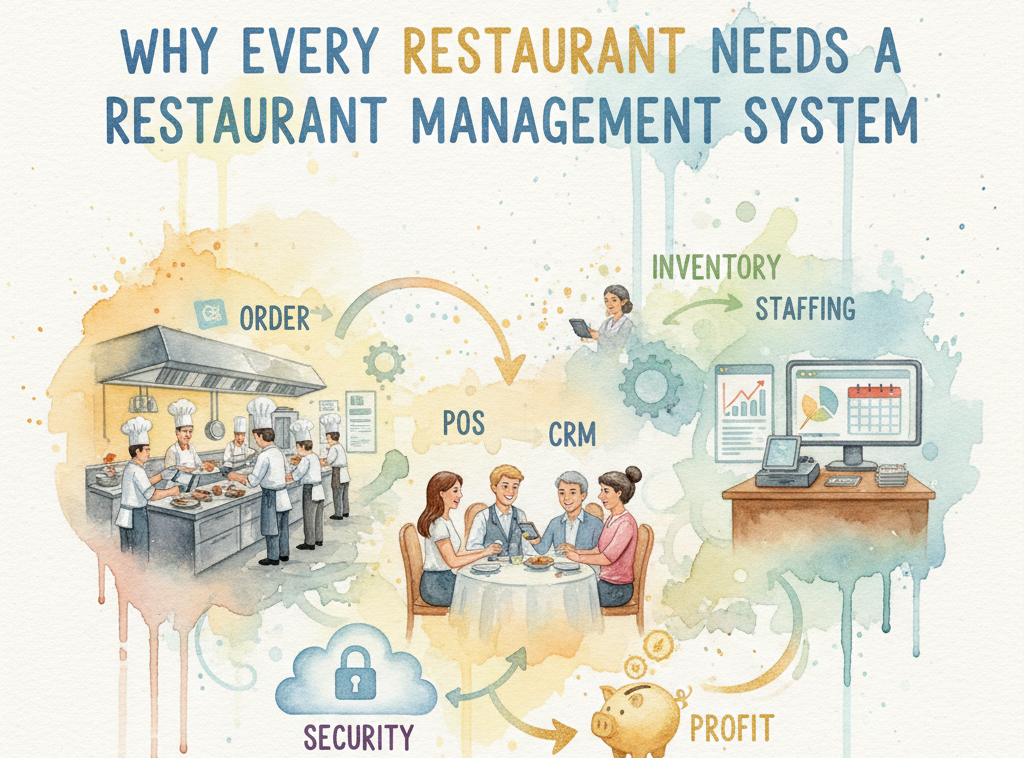How to Calculate Restaurant Food Waste: Are You Wasting Too Much?

The restaurant industry is a major contributor to food waste. Every day, hundreds of pounds of food are thrown away by restaurants. But how much of that food is really essential to be wasted? On top of causing major environmental impacts, food waste puts a strain on a restaurant’s sustainability as food waste represents a significant loss of revenue. Understanding how to calculate restaurant food waste and identifying areas for improvement can help to reduce costs, improve profitability and ultimately, increase the sustainability of the restaurant. That's why it's important to understand how to calculate restaurant food waste and find out if you're wasting too much food.
In this article, we'll look at the average amount of food waste in restaurants, the different types of food waste, what contributes to it, and some strategies to lower your restaurant's food waste. Ready to take control of your restaurant's food waste? Let's get started!
The average amount of food waste in restaurants
Recently, the team at ChefHero conducted a study to understand the root cause of food waste and its impact on restaurants. The findings were encouraging, as it was discovered that restaurants could significantly reduce their food waste footprint in ways that benefit their customers, and the environment and boost their profit margins.
According to estimates from ReFED, food costs make up 28-35 per cent of restaurant sales, making tackling food waste a crucial issue to address.
Another research estimated that the food service industry generates around 1.4 billion tonnes of food waste annually worldwide.
But that doesn’t tell the whole story. Food waste will depend on your restaurant’s menu, size, and how often you’re stocking up on ingredients. Smaller restaurants typically produce less food waste than larger restaurants.
Types of restaurant food waste
Here are some of the main types of restaurant food waste:
- Prep Waste: This is food that is not used during the preparation of a dish. It is usually caused by trimming and peeling produce and overestimating how much of an ingredient is needed.
- Plate Waste: This occurs when customers do not finish their ordered food. The leftovers are then thrown away.
- Spoilage: This is food that has gone bad due to improper storage conditions and handling.
- Overproduction: This is when food is made more than what is actually needed.
- Inventory Waste: This happens when the purchased ingredients are not used in time and end up spoiling.
- Transportation Loss: This is when food is damaged in transit and cannot be used.
What contributes to restaurant food waste?
Overproduction
Restaurants often prepare more food than they expect to sell, leading to large amounts of unused or unsold food that gets thrown away. This can happen when chefs overestimate customer demand or fail to accurately predict how much food will be left over at the end of the night.
Plate waste
Customers often leave food on their plates, and this can contribute to a significant amount of food waste. This can be due to oversized portions, a lack of appetite, or a change of mind about what they wanted to order.
Poor inventory management
Without proper inventory management, restaurants may end up with expired or spoiled food that can no longer be served to customers. Additionally, a lack of proper storage techniques may cause food to spoil or lose its quality before it can be sold.
Incorrect portion sizes
Restaurants may inadvertently waste food by providing customers with larger portions than they can consume, leading to leftovers that get thrown away.
Unused or expired ingredients
Restaurants often buy large quantities of ingredients to stock their kitchens, but they may end up with unused or expired ingredients that can no longer be used. This happens when chefs use only a small portion of an ingredient or when ingredients are not rotated properly, causing them to expire before they can be used.
Prepared but unserved food
Restaurants prepare food in advance for the day's menu, but sometimes items are not ordered, or orders are cancelled. This food cannot be saved and must be thrown away.
How to calculate food waste
Calculating food waste in restaurants is an important step in understanding how much is being wasted and how to reduce it. Restaurants can track food waste by following these steps:
- Begin by taking inventory of all food items that are purchased for the restaurant. This includes raw ingredients, pre-made items, and other food items that are used in the kitchen.
- Track all food items that are used in menu items, including how much of each item is used in each dish.
- Track all food items that are discarded due to spoilage, overproduction, or other reasons. This includes items that are thrown away because they are not used before they expire, items that are not sold and have to be discarded, and items that customers reject.
- Calculate the total weight of wasted food by subtracting the total weight of food used in menu items from the total weight of purchased food.
- Use this information to determine the percentage of food waste in relation to the total food purchased. For example, if the restaurant purchased 50 pounds of food and wasted 10 pounds, the food waste percentage would be 20%.
Strategies to lower your restaurant’s food waste
If you want to start lowering your restaurant's food waste, there are several strategies you can employ:
- Implement portion control: One of the main causes of food waste in restaurants is over-preparing or over-serving food. By implementing portion control, you can ensure that you're only making and serving the exact amount of food that you need.
- Use up leftovers: Instead of throwing away leftovers, find creative ways to use them in new dishes or as specials.
- Track your inventory: Track your inventory using inventory management software designed for F&B businesses such as the Food Market Hub system, this will help you keep track of what food is coming in, what's being used, and what's reaching its expiration date so you can plan accordingly.
- Work with suppliers: Work closely with suppliers to ensure that you're only ordering the amount of food you need. You can negotiate delivery schedules and minimum order quantities to reduce the amount of food that goes to waste.
- Donate surplus food: Donate any surplus food to local food banks or shelters rather than throwing it away. It is not just a waste reduction strategy but also contributes to society and maintains social responsibility.
Check out our other article for more ways to reduce your restaurant food waste.
Conclusion
In conclusion, restaurant food waste is a serious issue that can have a major impact on your business. By regularly monitoring and calculating your restaurant’s food waste, you can identify and address the areas of food waste most in need of improvement. Automation tools such as Food Market Hub can make waste calculation and management more efficient and accurate, enabling restaurants to make better decisions and achieve the goals of reducing food waste, and finally increasing profitability.
We all have a responsibility to conserve our natural resources, reduce our carbon footprint, and reduce food waste, and this work starts with a conscious effort to understand and reduce food waste in restaurants. So, take the time to calculate your restaurant’s food waste and implement strategies to reduce it – it’s worth it!










